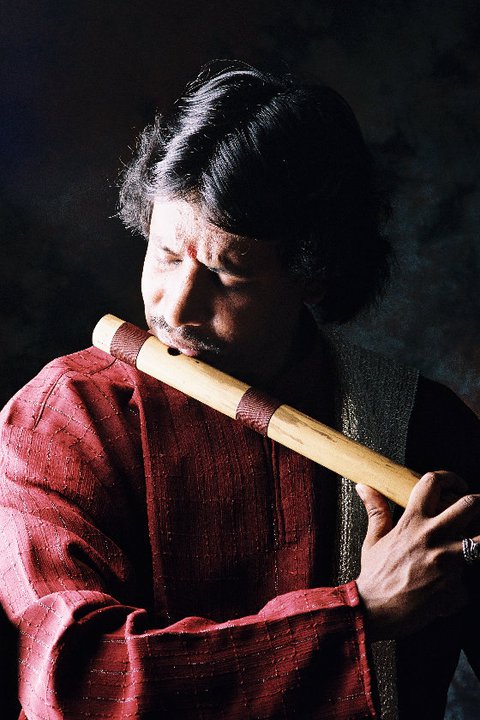
it is intimately linked to the love story of Krishna and Radha. The bansuri-like flute is depicted in ancient Buddhist, Hindu and Jain temple paintings and reliefs, and is common in the iconography of the Hindu god Krishna. The traditional design features no mechanical keys, and the musician creates the notes they want by tapping the various finger holes. Longer bansuris feature deeper tones and lower pitches.

One end is closed, and few centimeters from the closed end is its blow hole. The bansuri is typically between 30 centimetres (12 in) and 75 centimetres (30 in) in length, and the thickness of a human thumb. The six hole instrument covers two and a half octaves of music. Some modern designs come in ivory, fiberglass and various metals. Ī bansuri is traditionally made from a single hollow shaft of bamboo with six or seven finger holes. Its importance and operation is discussed in the Sanskrit text Natya Shastra. It is referred to as nadi and tunava in the Rigveda and other Vedic texts of Hinduism. It is an aerophone produced from bamboo, used in Hindustani classical music. Please go through the contents and follow the instructions provided closely if you are complete beginner.A bansuri is a side blown flute originating from the Indian subcontinent.

#Bansuri flute how to
To begin with, here we are providing instructions and techniques to produce the sound, how to hold the flute and start playing the initial notes.Īll the alankaras needed to get accustomed to the flute are provided in text files with flute audio files for the same.Ĭompositions and improvisations for two ragas, Yaman and Hamsadhwani are provided in text files with flute audio files for both ragas.

Furthermore a flute aspirant can enroll himself in IBMA for our world recognized One on one Regular classes. Through this website we are sharing everything that can be taught or learnt through self-guided lessons. Indian music is an aural tradition and is very rarely written, but instead learnt directly from the teacher. Skills and knowledge of the Bansuri and Indian music have been passed down from teacher to student over thousands of years and this tradition is considered to be the best and most effective way of learning and is very much alive even today. The best way to learn to play the Bansuri is from a teacher who is able to teach you from the beginning and develop your skills and knowledge of the bamboo flute and Indian music gradually over time, thus avoiding mistakes and bad habits, all of which can be corrected by the teacher. Yet, sometimes playing a single note of flute may give satisfaction. The tone of flute is already sweet in its nature, if we play ragas of the Indian classical music, which are ‘essence of the mood’, Both combined gives us an experience which should be experienced! Playing raga in flute is an amazing experience in itself. It is believed that when lord Krishna played his flute, the beautiful sound had a spellbinding and enthralling effect not only on men n women but also on all life forms.

The Bansuri is considered to be divine and is intimately linked to lord Krishna and Radha. It takes years of dedication n persistence to achieve. Bansuri is very simple in its visibility yet producing a note ‘musical’ is very intricate. In Indian mythology and culture the bamboo flute, also known as the bansuri has a special significance as it is the chosen instrument of the Lord Krishna, who is often, depicted playing it.īansuri literally means “bamboo musical note” from the Sanskrit “bans” (bamboo) and “swar” (musical note). Bansuri is one of the oldest known musical instruments in the world.


 0 kommentar(er)
0 kommentar(er)
